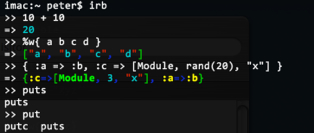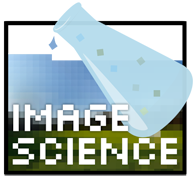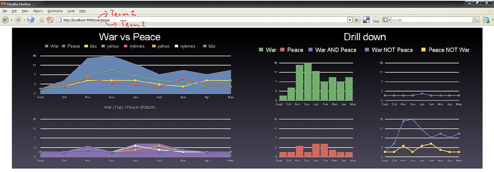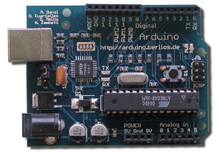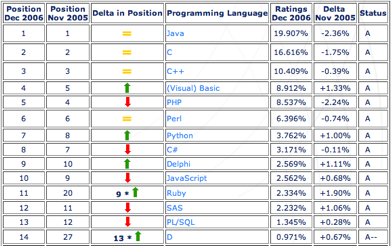
Heckle is a great new library from Kevin Clark (though Ryan Davis wrote a proof of concept at RubyConf) that ‘torments your tests’. It uses ParseRuby and RubyToRuby to rip your code apart and forces random data into your code (currently it does this for strings, symbols, regexps, ranges, booleans, and numbers) to see how good your tests really are.
Simply, it’s fuzz testing for your Ruby tests, and that’s a good thing if you want your test suites to be strong and far-reaching. Read More



